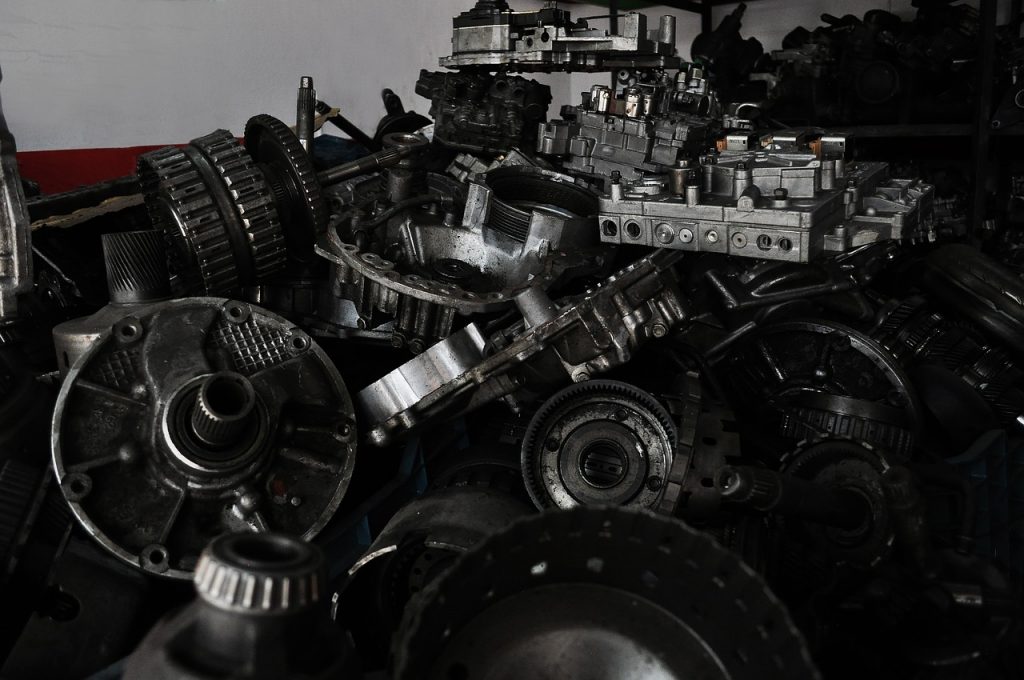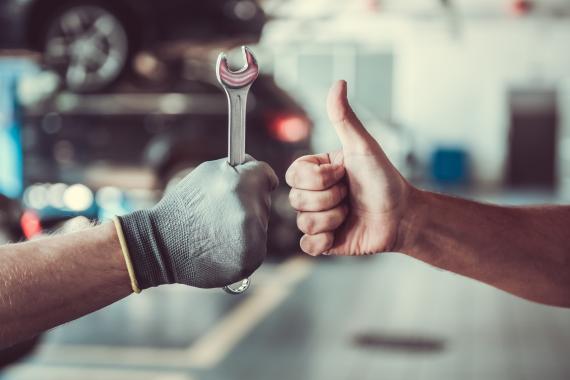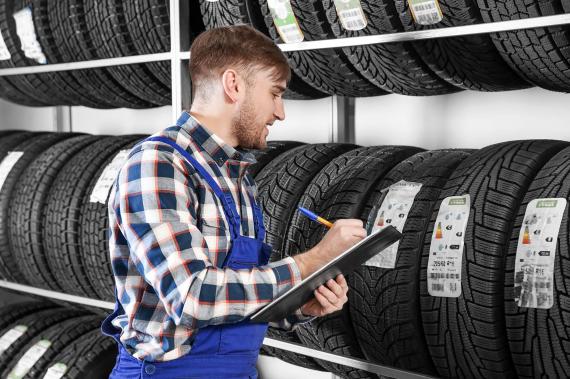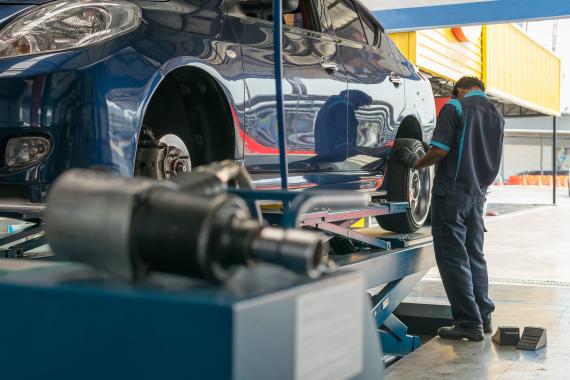Apprehension and fear of being fooled: everyone has already felt this when taking their car to the garage. However, several clues should make you aware of the situation and help you choose a serious professional.
1. Garage inspection

A half-empty garage is not necessarily synonymous with a bad reputation. It can also indicate that the professional is organized and meets deadlines.
On the other hand, a filthy workshop, with puddles of oil and tools in every corner, should make you think about the professional’s meticulousness in checking your car.
Good to know: the presence of several classic cars in or around the garage is an excellent indicator: it reveals a mechanic who has won the favor of collectors, who pamper their old ones. A priori, a serious professional!
2. Respect of the procedure

Nothing obliges a professional to draw up his estimates free of charge. On the other hand, as soon as a repair is undertaken, the garage must respect a certain number of legal rules.
He cannot take a vehicle in repair or order parts without having seen your vehicle registration document.
He must imperatively have you sign a repair order, on which the work to be carried out is indicated, as well as the presumed amount of the operations. In case of disagreement on the final invoice, this document is essential. The garage must give you a copy of it before repair.
If the garage finds that unforeseen costs will be incurred during the repair, he must warn you.
The mechanic is a professional. In this sense, he is bound by an obligation of result. Your vehicle must therefore be returned to you repaired according to the terms of the repair order.
The hourly rate for labor must be displayed. Be aware that any hour started is due.
Good to know: Check the repair warranty period. A professional must be able to provide a guarantee for a few months.
3. Pedagogy!

Not everyone is a mechanic, and some garage owners know that. However, a conscientious professional must spend time with his client to explain point by point the operations that need to be performed on his vehicle. If you have any questions, and the mechanic says he doesn’t have time to open the hood to show you what he’s going to do, then you should walk away.
4. Check the origin of the parts

Adaptable parts or original manufacturer’s parts? Suppose the estimate seems salty to you for your car, which is already old and has a lot of mileage. In that case, you can ask the garage to repair your vehicle with so-called “adaptable” parts, which are not supplied directly by the manufacturer of your car. Usually cheaper, they are not always of low quality and often make it possible to complete the vehicle’s repairs.
If your car is very worn out, he can also offer you second-hand parts, except for safety parts (tires, brakes, shocks). Think about what you want to invest in your old car, which you’ll probably be getting rid of soon.
5. Has my vehicle been repaired?

Some garages don’t hesitate to charge for the replacement of parts that they won’t change. Before signing the repair order, ask that the used parts be returned to you if you doubt. They are yours and not their belongings.
If the mechanic has nothing to blame himself for, and the parts are really out of order, he will grant your request with a smile.
6. Has the mechanic installed a real new tire?

The solution: Ask for proof of purchase of the tire with the date of manufacture.
Good to know: Keep all your invoices, which show the date of intervention and the mileage of the car.
7. Was my oil change done correctly?

Many garages use what is known as “suction draining,” which involves inserting a pump into the hole (where the oil is poured) to suck out the used oil without undoing the drain plug located under the vehicle. Quicker and more straightforward to implement, this solution is not satisfactory because the dirt and sludge remain at the bottom of the tank and quickly contaminate the new oil. Every mechanic knows this.
Tip: Before taking your vehicle off the road, the solution is to draw a chalk mark on the drain plug under the car. If your oil change includes changing the oil filter, do the same on the filter. When you recover your vehicle, make sure your markings are gone. Indeed, if the cap has been removed, the drain key, the oil drain, and the professional’s hands on it will have erased the chalk. The absence of marks on the filter will prove that it has been replaced.
8. Check the progress of the operations

Do you have some time? Use it to observe and monitor the repair. A garage owner who has nothing to blame himself for will not forbid you to see what’s going on in the workshop. Many auto centers offer waiting rooms with large bay windows overlooking the workshop.
If you are categorically refused to see or be present during the repair, it’s suspicious.
You might also be interested in reading more on:

